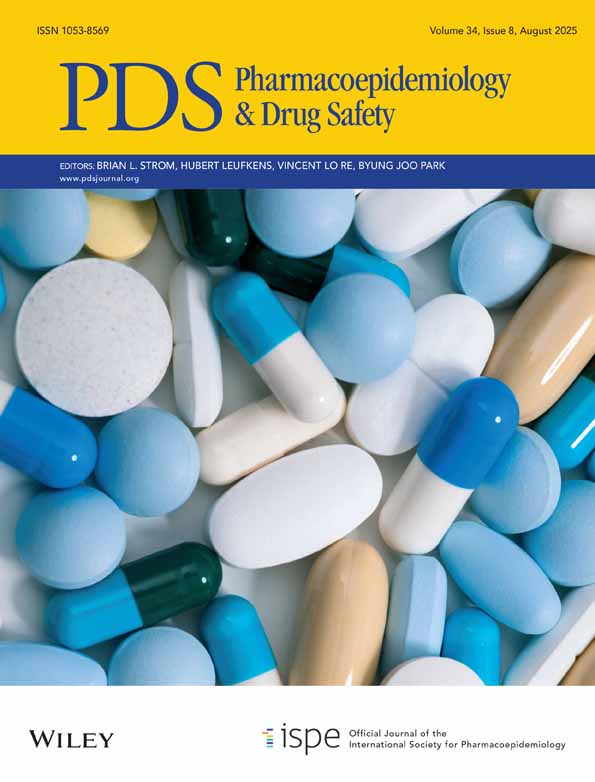Benzodiazepine Initiation Effect on Mortality Among Medicare Beneficiaries Post-Acute Ischemic Stroke
Funding: This work was supported by National Institutes of Health, (1R01AG073410–01).
Deborah Blacker, Sebastien Haneuse, and Lidia M.V.R. Moura contributed equally to this study.
ABSTRACT
Purpose
Despite guideline warnings and concerns for increased mortality, acute ischemic stroke (AIS) survivors older than 66 years of age still receive benzodiazepines (BZDs). We examined the BZD-associated effect on mortality within 30 days post-discharge on survival among older Medicare beneficiaries after an AIS.
Methods
We analyzed a sample of Medicare beneficiaries enrolled for at least 12 months before hospitalization for AIS. Our primary exposure was BZD initiation within 30 days post-discharge, and its primary outcome was 90 days mortality risk differences (RDs) from discharge using trial emulation with methods to address confounding (i.e., cloning, weighting, censoring, and inverse-probability-of-censoring weighting).
Results
Of 47 421 beneficiaries, 826 (1.74%) initiated BZD 30 days post-discharge, and 6392 (13.48%) died within 90 days. The median age was 79 (IQR: 12), with 55.3% female, 82.9% White, 10.1% Black, 1.7% Hispanic, 2.2% Asian, and 0.4% American Native. After standardization (based on age, sex, race/ethnicity, length of stay, and baseline dementia), the 90-day mortality risk revealed an RD of 26 events per 1000 (95% CI: 22, 33). Subgroup analyses revealed higher RDs in older age groups, particularly those aged 86 or older, with an RD of 84 events per 1000 (95% CI: 73, 106), and for patients with baseline dementia, with an RD of 87 events per 1000 (95% CI: 63, 112).
Conclusion
Initiating BZDs within 30 days post-AIS discharge was associated with increased 90 days mortality risk, especially in older adults 76 years and older and those with baseline dementia, highlighting their vulnerability to BZD adverse effects.
Plain Language Summary
This study looked at how starting to take benzodiazepines (BZDs) affects survival in older adults after a stroke. BZDs are medications typically used for anxiety, insomnia, and seizures. The study focused on patients 66 years old and older on Medicare and determined whether taking BZDs within 30 days after leaving the hospital increased their risk of dying within 90 days. The study analyzed over 47,000 patients, selecting those with more favorable outcomes, and found that 1.74% began taking BZDs after their stroke. After adjusting for factors like age, gender, race, hospital stay, and dementia, we found that starting BZDs was associated with a higher risk of death. The risk was particularly high in patients 86 years and older and those with dementia. The study concluded that prescribing BZDs to older stroke survivors could substantially raise the risk of death, especially in the oldest and most vulnerable patients.
Conflicts of Interest
The authors declare no conflicts of interest.




